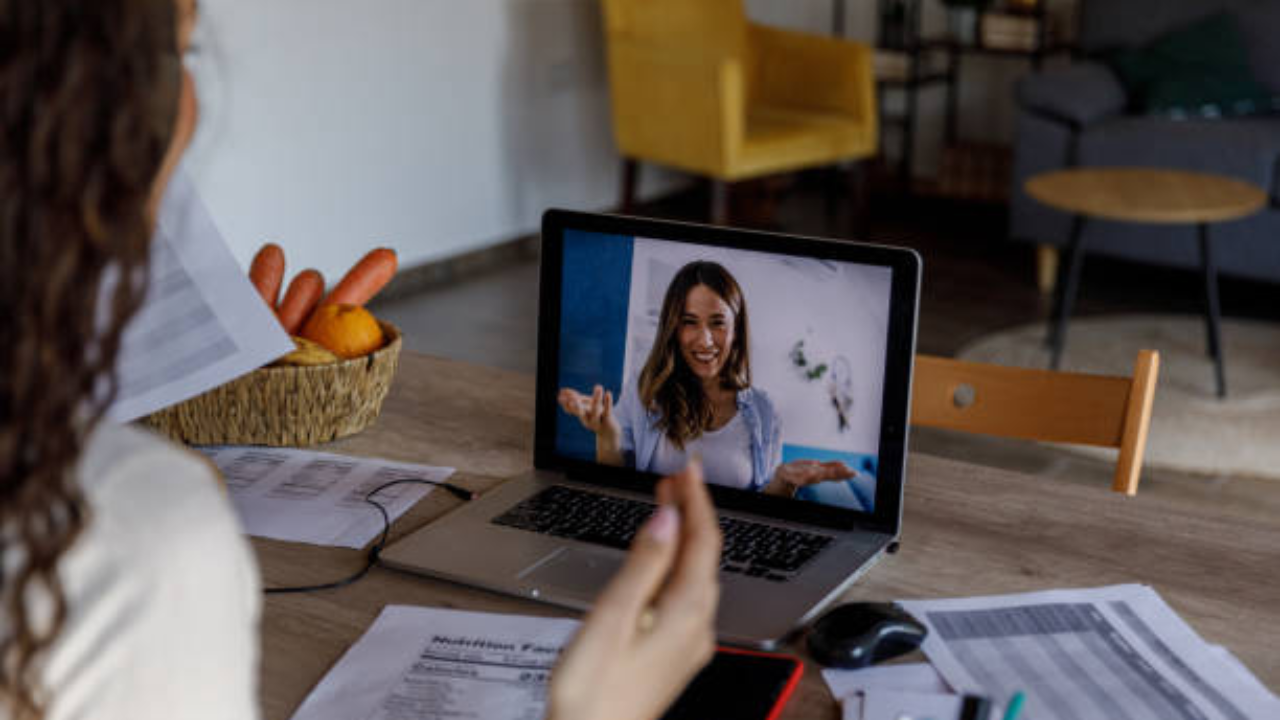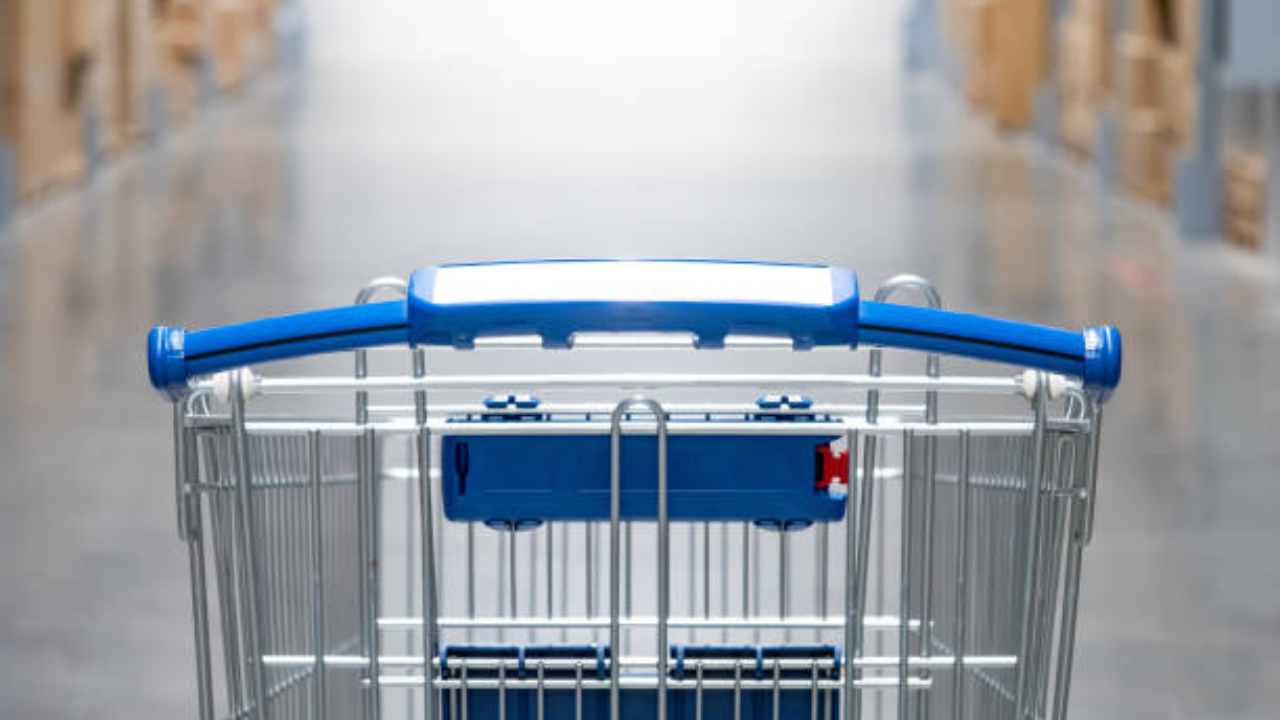Smart Carb Counting with Diabetes

It's a familiar script: You live with diabetes, and the world loves to tell you what you shouldn't eat.
Over time, this creates a list of "scary" food items you love but avoid because of the unpredictable spike they might cause in your blood sugars. But what if you could discover the simple, proven way to enjoy those occasional treats, like a classic bread pudding, without the fear?
A Diabetes Dietitian and a person who lives with diabetes is here to tell you that knowledge is power. You don't have to live in fear of food. This ultimate guide will show you exactly how to carb count for those mixed, high-carbohydrate, and high-fat foods that often make blood sugar management tips feel impossible.
This knowledge is especially vital for individuals managing Type 1 diabetes (T1D) or Type 2 diabetes (T2D) with mealtime insulin.
4 Easy Steps to Carb Counting
The key to T1D meal planning and T2D meal planning flexibility is learning to explore a mixed meal's ingredients. A dessert lik...
Blood Sugar Control & Strength Training

If you live with Type 1 Diabetes (T1D) or Type 2 Diabetes (T2D), you’ve likely been told a golden rule about exercise and blood sugar: Cardio makes it drop, and strength training makes it rise.
It sounds like a simple, easy formula for blood sugar management tips, right?
Well, what if the simple formula is often wrong? What if we told you your blood sugar might not rise when you lift weights; it might even drop?
The Great Strength Training Blood Sugar Myth
The classic belief is that lifting weights triggers a huge release of glucose (sugar) from your liver due to a surge of stress hormones like adrenaline. For many, especially those with T1D, this does happen when they lift very heavy weights or perform intense, short-burst sprints. The result? A confusing high blood sugar reading after a tough session.
But here’s the surprising secret...
1: Not All Strength Training is Created Equal
If your strength workout looks more like a high-rep, moderate-pace circuit, think lower weigh...
Basal Rate Won’t Cure Your Meal Spikes

Living with Type 1 Diabetes (T1D) or Type 2 Diabetes (T2D) means dealing with blood sugar spikes
It’s frustrating! You check your numbers after lunch, and bam, it's high! You want to fix it fast, but sometimes the "easy fix" we choose is actually the worst mistake.
I'm referring to a common habit: trying to fix a consistent post-meal high blood sugar by simply adjusting your basal rate higher around that time.
You're not alone. We understand WHY people do this. It feels like a safer, lower-risk move. It seems like it should work. But in 95% of cases, this "squirt gun" approach is ineffective. This is a core lesson a specialized Diabetes Dietitian or Diabetes Educator teaches their clients every day.
The Basal Rate Blunder
Think about it: Your basal insulin is the slow, steady drip that keeps you level when you aren't eating. Your mealtime insulin (bolus) is the big dose that tackles the rush of food.
If your blood sugar is consistently high after a specific meal, the problem i...
Diabetes Dietitian Reveals Easy Travel Tips

Most people with diabetes mess this up when they fly.
Let’s set the scene: you’ve just finished a long flight. You land. You’re super excited to explore your destination. You head to dinner…and suddenly, your blood sugar is way higher than you expected. No dessert. No huge carb fest. Just an unexpected spike.
The culprit? You didn’t adjust your insulin pump clock or time your long-acting insulin correctly.
As a Diabetes Dietitian and Diabetes Educator, this is the mistake all the time. But the good news is, with a few smart strategies, you can keep your blood sugar stable while traveling and actually enjoy your trip without unnecessary stress.
Whether you live with Type 1 Diabetes (T1D) or Type 2 Diabetes (T2D), these practical tips will help you unlock smoother travels and better blood sugar management.
Why Travel Throws Off Your Blood Sugar
- Travel messes with your normal routine in subtle ways
- Time zone changes shift your basal insulin schedules.
- Airplane food often comes ...
Smart Blood Sugar Meals at Panda Express

The drive-thru. Fast food. Chinese cuisine.
For anyone managing blood sugar with diabetes, this scenario can feel like a high-stakes guessing game. How do you find a meal that is both genuinely satisfying and won't send your glucose levels on a roller coaster?
The secret, as any experienced Diabetes Educator or Type 1 Diabetes Dietitian knows, is in the protein and the prep method. It is not about deprivation; it is about smart swaps and strategic choices. Here is the ultimate guide from a T1D Dietitian to help you discover the top three, blood-sugar-friendly meals at Panda Express, focusing on high-protein, low-carb options for stable blood sugar management.
Eating out with Type 2 Diabetes or Type 1 Diabetes doesn't mean sticking to a plain salad. It means understanding the impact of macronutrients (carbs, protein, and fat). Fat and protein help slow the digestion of carbohydrates, which means a slower, more gradual rise in blood sugar.
When analyzing the Panda Express menu, a D...
Live Your Best Life with Diabetes

Hey there! If you’re living with Type 1 or Type 2 diabetes, you’ve probably heard a lot about what you can’t do or shouldn’t eat.
Maybe you’ve felt like your diabetes diagnosis means missing out on fun, or that your life will be different from your friends'. We’re here to tell you that’s a myth!
Living with diabetes in today’s world means having the tools and knowledge to do everything your peers do: travel, play sports, go to parties, chase your biggest dreams, and enjoy every single meal. The secret isn’t restriction; it’s smart management, and that’s where an expert diabetes dietitian becomes your ultimate teammate.
Imagine confidently eating your favorite foods, knowing exactly how to handle them. Picture traveling the world without food worries. Envision dominating on the sports field or acing your exams, all while keeping your blood sugar steady. This isn't a fantasy; it's what's possible with the right guidance.
A T1D dietitian or T2D dietitian isn't about giving you a stric...
4 Vitamin Shoppe Finds for Blood Glucose Control

Living with diabetes, whether you’re navigating the world of Type 1 diabetes (T1D) or managing Type 2 diabetes (T2D), can feel like a full-time job
From mastering T1D meal planning to perfecting carb counting for diabetes and finding time for exercise, every small step towards better blood sugar management is important. But who says managing your blood sugar can’t be delicious and convenient?
A registered dietitian and Diabetes Educator who also lives with T1D recently shared four game-changing finds from the Vitamin Shoppe. These options are perfect for anyone looking to make easy diabetes-friendly meals or grab a protein-packed snack without a major blood sugar spike.
Here are four top-ranking picks that any individual managing diabetes should explore for on-the-go blood sugar control:
1. Crisp Power Protein Pretzels
These pretzels are a staple snack for many, thanks to their incredible macros. Each bag boasts a massive 25 grams of protein and a mere six grams of net carbs. T...
Basal Rate Secrets for Stable Blood Sugar

Living with insulin-dependent diabetes, whether it's Type 1 diabetes or Type 2 diabetes, involves a daily dance with injections or a pump
If you’ve ever wondered why you have to take that "background" insulin, the kind that doesn't cover a meal, you are not alone. It’s one of the most crucial, yet often least-explained, parts of managing blood sugar. This background support is called basal insulin, and understanding its role is an easy way to unlock more stable numbers.
The Diabetes Educator or diabetes dietitian will explain that the entire reason for taking basal insulin comes down to one tireless organ: the liver.
The Liver’s Constant Energy Dump
The liver is the body's energy warehouse, and it works around the clock. Its job is to ensure the body always has fuel, so it constantly releases small amounts of stored glucose into the bloodstream. Think of it as a helpful, but relentless, energy drip.
For someone living with diabetes, this relentless glucose dump is a problem. Wi...
How Quickly Does Diabetes Develop

If you're asking, "How quickly can one develop diabetes?" you’re diving into one of the most important questions about this condition.
The answer isn't a simple "yes" or "no" because there are two main types: Type 1 (T1D) and Type 2 (T2D), and their timelines are dramatically different.
Understanding this difference is the first step to taking powerful control of your health. A specialized Diabetes Dietitian or Diabetes Educator is your secret weapon for navigating either path, whether the journey is fast or slow.
The Lightning Speed of Type 1 Diabetes (T1D)
T1D is an autoimmune condition where your body’s immune system mistakenly attacks the insulin-producing cells (beta cells) in the pancreas. This attack can happen over months or even years in what are called "stages," but the onset of symptoms is often startlingly quick, especially in children and young adults.
- For many, the transition to full-blown T1D symptoms is rapid, sometimes just a few days or weeks.
- Symptoms like...
4 Proven Costco Finds from a Diabetes Educator

Navigating the world of T1D meal planning or finding easy diabetes-friendly meals for Type 2 diabetes can feel like a maze
It’s stressful, time-consuming, and often leads to confusion at the grocery store. But what if we told you that your favorite bulk-shopping paradise, Costco, holds the key to simplifying your blood sugar management tips? It's time to discover some game-changing, budget-friendly foods that make carb counting for diabetes easier than ever.
As a Registered Dietitian and Certified Diabetes Educator who lives with diabetes, the search for quick, healthy, and blood-sugar-stable options is a personal quest. The bulk-shopping experience saves money, which is a huge benefit when you’re focused on grocery shopping on a budget, but finding the right items is crucial. The checkout lines might be a beast, but the sheer value and incredible finds for a diabetes dietitian make it worthwhile!
The secret to stable blood sugar is protein, fiber, and minimal highly processed ca...

